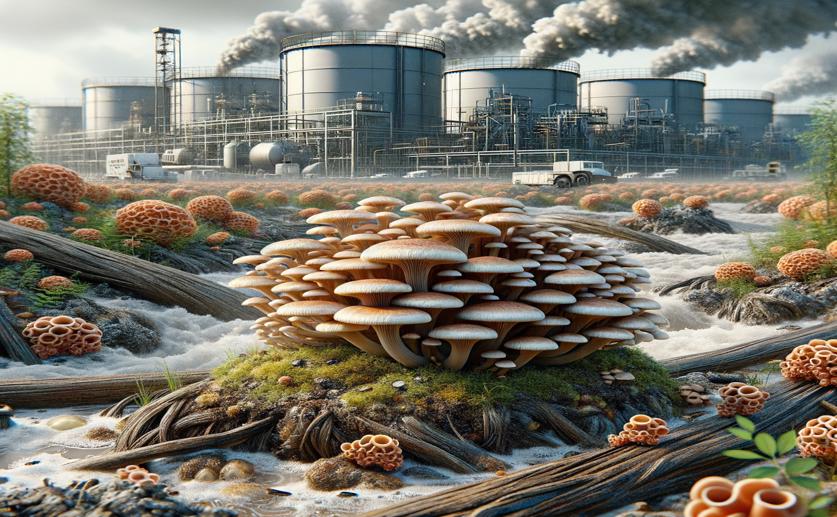
Harnessing Native Fungi to Clean Up Organic Pollutants in Fiberbank Sites
Jim Crocker
3rd September, 2024

Image Source: Natural Science News, 2024
Key Findings
- Researchers from Mid Sweden University studied native white-rot fungi (WRF) from northern Sweden to clean up fiberbank sediments
- Laetiporus sulphureus showed the highest growth on fiberbank material, followed by Hymenochaete tabacina and Diplomitoporus crustulinus
- Phellinus punctatus was most effective in removing 2-3 ring PAHs, while Diplomitoporus crustulinus excelled at degrading 4-6 ring PAHs
EnvironmentSustainabilityMycology
References
Main Study
1) Unlocking the biodegradative potential of native white-rot fungi: a comparative study of fiberbank organic pollutant mycoremediation.
Published 2nd September, 2024
https://doi.org/10.1080/21655979.2024.2396642
Related Studies
2) A comprehensive insight into the application of white rot fungi and their lignocellulolytic enzymes in the removal of organic pollutants.
3) Ligninolytic enzymes and its mechanisms for degradation of lignocellulosic waste in environment.
4) Untapped potential: exploiting fungi in bioremediation of hazardous chemicals.



 17th June, 2024 | Jenn Hoskins
17th June, 2024 | Jenn Hoskins